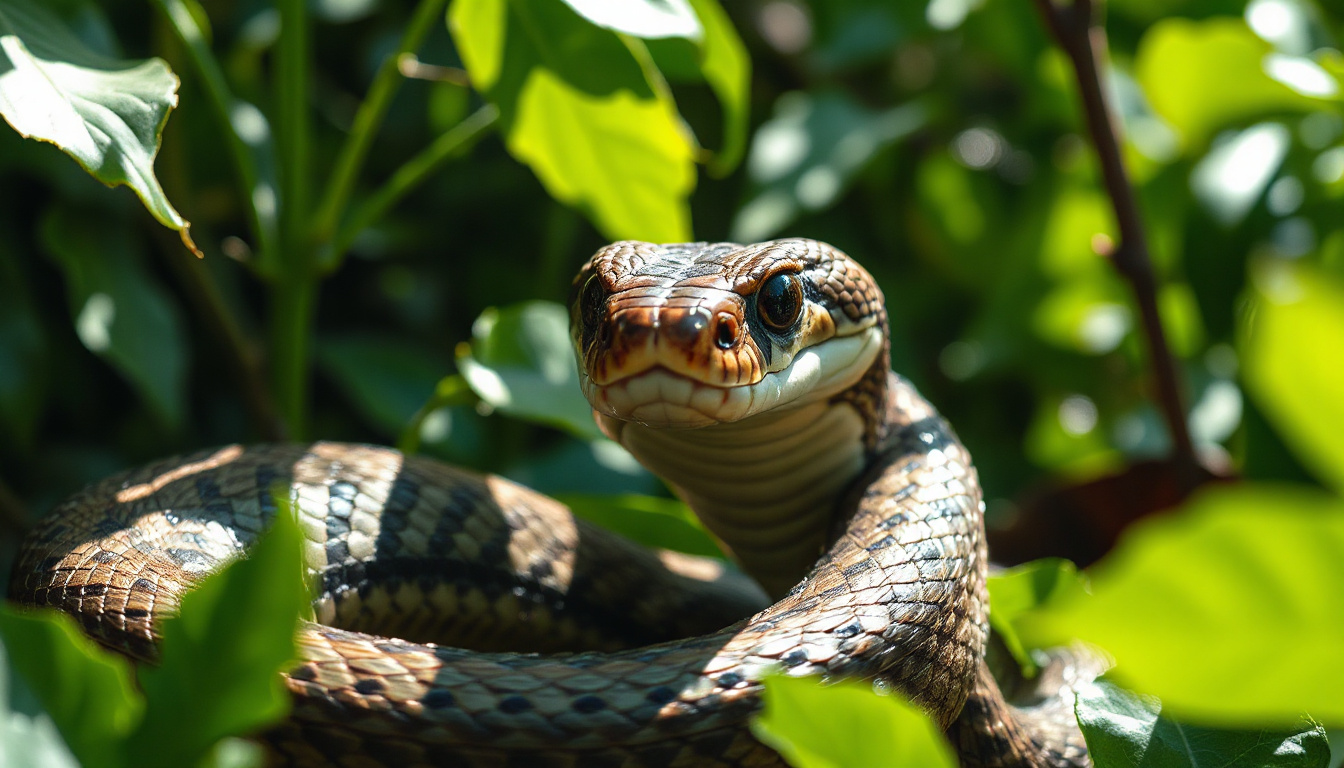Cobras are among the most captivating serpents in the animal kingdom, renowned not only for their distinctive hoods but also for their striking behaviors and ecological significance.
With their intriguing appearance and fascinating biology, cobras have captured the imagination of people worldwide.
This article aims to delve deep into the world of cobras, exploring various species, their habitats, unique characteristics, and the myths that often surround them.
Furthermore, as we uncover the secrets of these remarkable reptiles, we will highlight their current conservation status and the importance of protecting these magnificent snakes and their ecosystems.

 November 2025
November 2025

